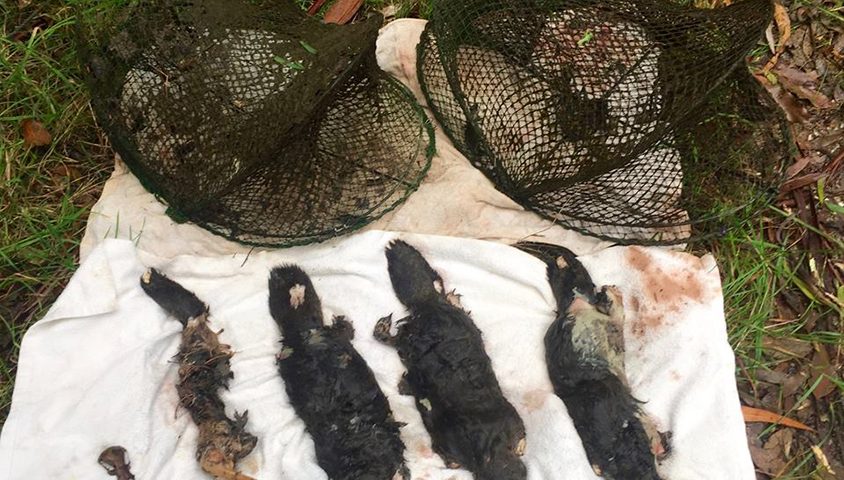As one of our most recognisable species, the platypus’s lifestyle makes it notoriously difficult to study, being both nocturnal and spending much of its time underwater.
However, researchers are concerned that numbers of platypus are declining, despite the lack of information available.
As reported by ABC News, one of Australia’s leading platypus experts warns the species may be facing a number of threats.
Professor Richard Kingsford is director of the Centre of Ecosystem Science at the University of NSW. He also heads up a government-funded conservation project that focusses on platypus.
“One of the big challenges we’ve realised is that even though you see platypuses in a lot of places all around Australia, you never see a lot of them, and we’re beginning to get some concerning signs in rivers that they’re not there anymore,” Kingsford said.
“They’re threatened by land clearing and dams … they’re very difficult to work on and that’s part of the challenge.”
The recent interest in platypus has been in part motivated by a conference organised by Kingsford at Taronga Zoo, which brought together the foremost platypus experts from around the country.
One worrying revelation was highlighted by the researchers from the Australian Platypus Conservancy, who found platypus populations in the Wimmera region of western Victoria appear to have gone extinct.
While many environmental factors are at play, a recent example has highlighted the dangers represented by ‘opera house’ yabby traps, where five individuals drowned in a two traps that had been left in a dam.
This type of net also represent a threat for rakali, turtles and diving water birds, and people should be aware that their use is illegal in or near public waterways.
The five platypus drowned in this one example may have represented half the local population, experts said.


